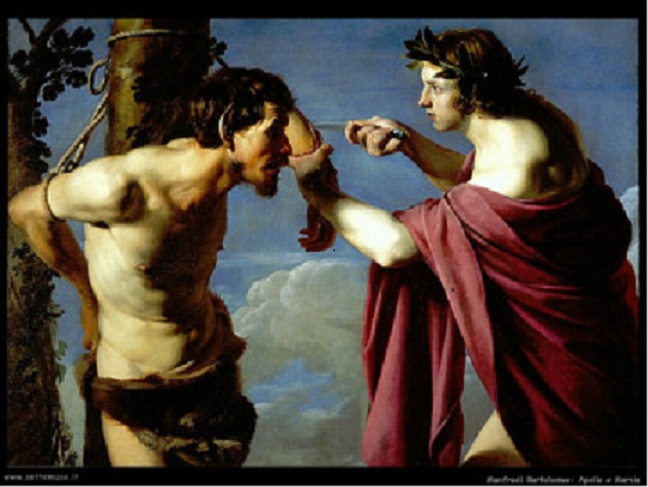"Spasimi d'ira, spasimi d'amore". Le atmosfere nell'opera lirica
DOI:
https://doi.org/10.13130/2240-9599/8700Abstract
Nowadays, atmospheres are a frequent topic in the philosophy of music. However, ‘music’ is frequently understood with a generical meaning. On the contrary, this paper aims to apply the theory of atmospheres in a defined musical genre: the Italian Opera. Opera is grounded on three expressive elements – music, libretto and stage. For this reason, it is reductive to talk only about the relationship between music and atmospheres. The studies about Opera has often treated separately its three expressive levels; the theory of atmospheres, as olistic approach, seems to offer a renewed integrity to the analysis of Opera – by rediscovering its performative character. In this perspective, the hic et nunc of a particular performance is an important element to analyze as the score as the libretto, by paying attention to the eventual conflict between the ‘potential atmospheres’ of the texts (score and libretto) and the ‘derivative atmospheres’ of the contemporary staging – especially of the ‘displaced’ and ‘radical’ ones.
Riferimenti bibliografici
Baragwanath N., 2011: The italian traditions & Puccini, Bloomington, Indiana University Press.
Böhme G., 2001: Atmosfere, estasi, messe in scena, tr. it. di T. Griffero, Milano, Christian Marinotti, 2010.
Bollnow O.F., 1956: Le tonalità emotive, tr. it. di D. Bruzzone, Milano, Vita e Pensiero, 2009.
Burton D., 1996: Recondite harmony: essay on Puccini’s operas, New York, Pendragon, 2012.
Dahlhaus C. - Eggebrecht H.H., 1985: Che cos’è la musica?, tr. it. di A. Bozzo, Bologna, Il Mulino, 2012.
Eco U., 1990: I limiti dell’interpretazione, Milano, La nave di Teseo, 2016.
Fabbri P., 2011: Di vedere e non vedere: lo spettatore all’opera, «Musica Docta. Rivista digitale di Pedagogia e Didattica della musica» 1, pp. 1-10.
Gara E. (a cura di), 1986: Carteggi pucciniani, Milano, Ricordi, 2008.
Girardi M., 1995: Giacomo Puccini. L’arte internazionale di un musicista italiano, Venezia, Marsilio, 2004.
Gossett P., 2006: Dive e maestri. L’opera italiana messa in scena, tr. it. di L. Aragona, Milano, Il Saggiatore, 2012.
Griffero T., 2010: Atmosferologia. Estetica degli spazi emozionali, Roma-Bari, Laterza.
Griffero T., 2013: Quasi-cose. La realtà dei sentimenti, Milano, Mondadori.
Griffero T., 2016: Il pensiero dei sensi. Atmosfere ed estetica patica, Milano, Guerini.
La Face Bianconi G. - Frabboni F. (a cura di), 2008: Educazione musicale e Formazione, Milano, Franco Angeli.
Murray Schafer R., 1977: Il paesaggio sonoro, tr. it di N. Ala, Milano, Ricordi 1985.
Piana G., 2007: Barlumi per una filosofia della musica
Ricci L., 1954: Puccini interprete di se stesso, Milano, Ricordi, 2003.
Sardou V., 1887: La Tosca, tr. it. di G. Davico Bonino, Torino, Einaudi, 2012.
Schmitz H., 2009: Nuova fenomenologia. Un’introduzione, tr. it. di T. Griffero, Milano, Christian Marinotti, 2011.
Schwartz A., 2008: Tosca and verismo reconsidered, «19th-Century Music» 31, 3, pp. 228-244.
Staffieri G., 2012: Un teatro tutto cantato, Roma, Carocci.
Vizzardelli S., 2007: Filosofia della musica, Roma-Bari, Laterza.



